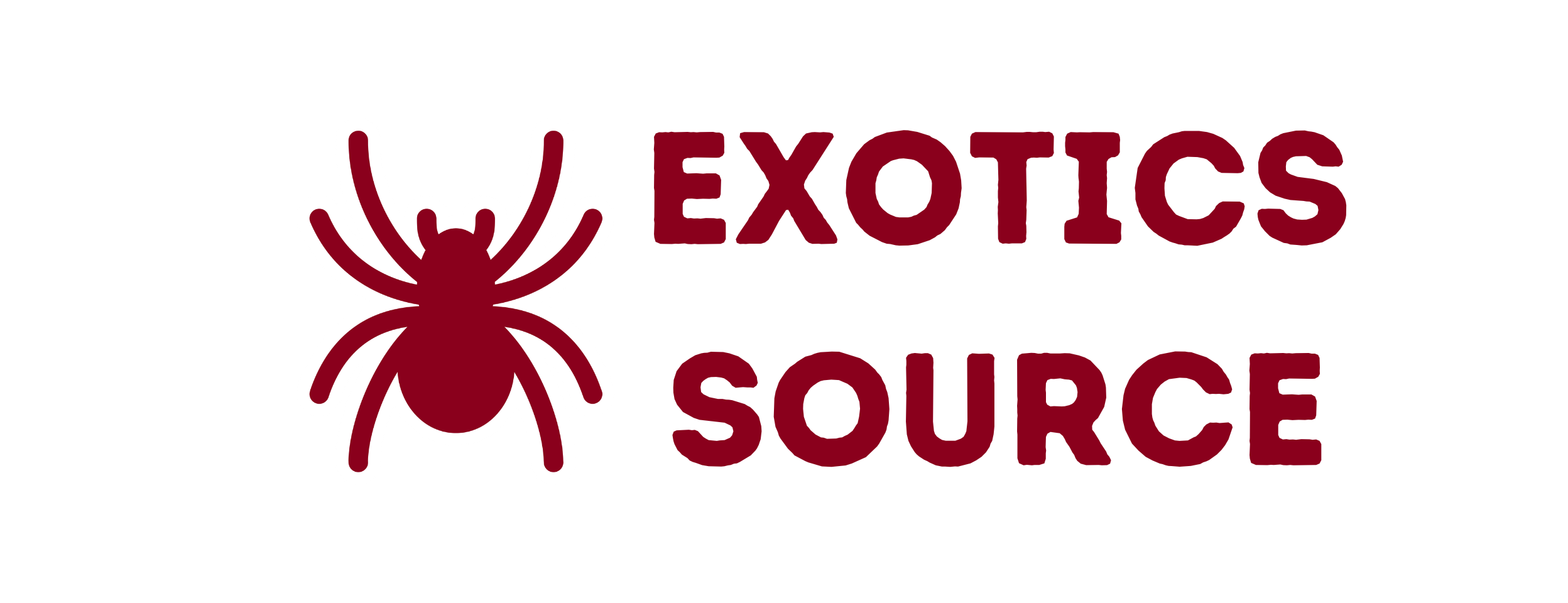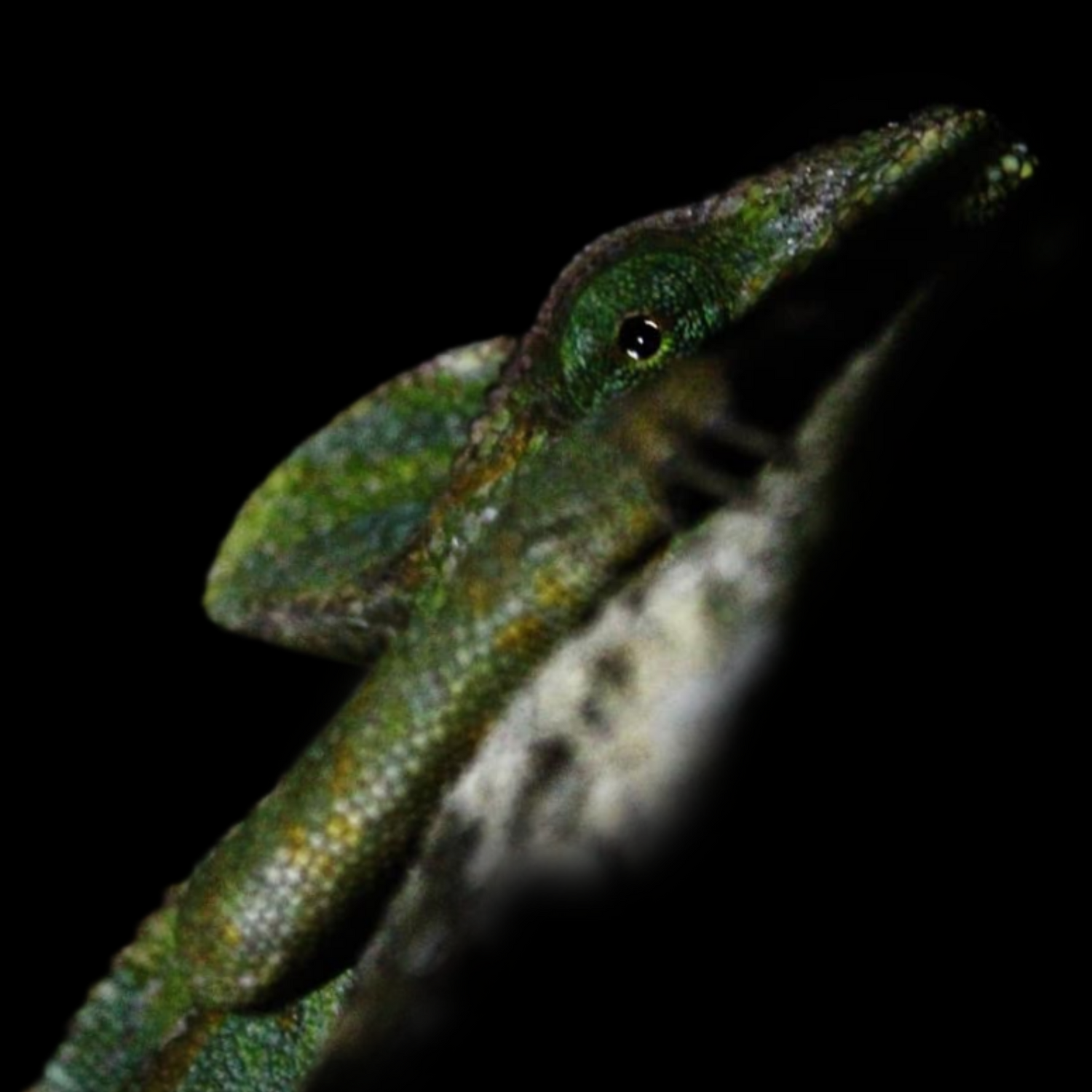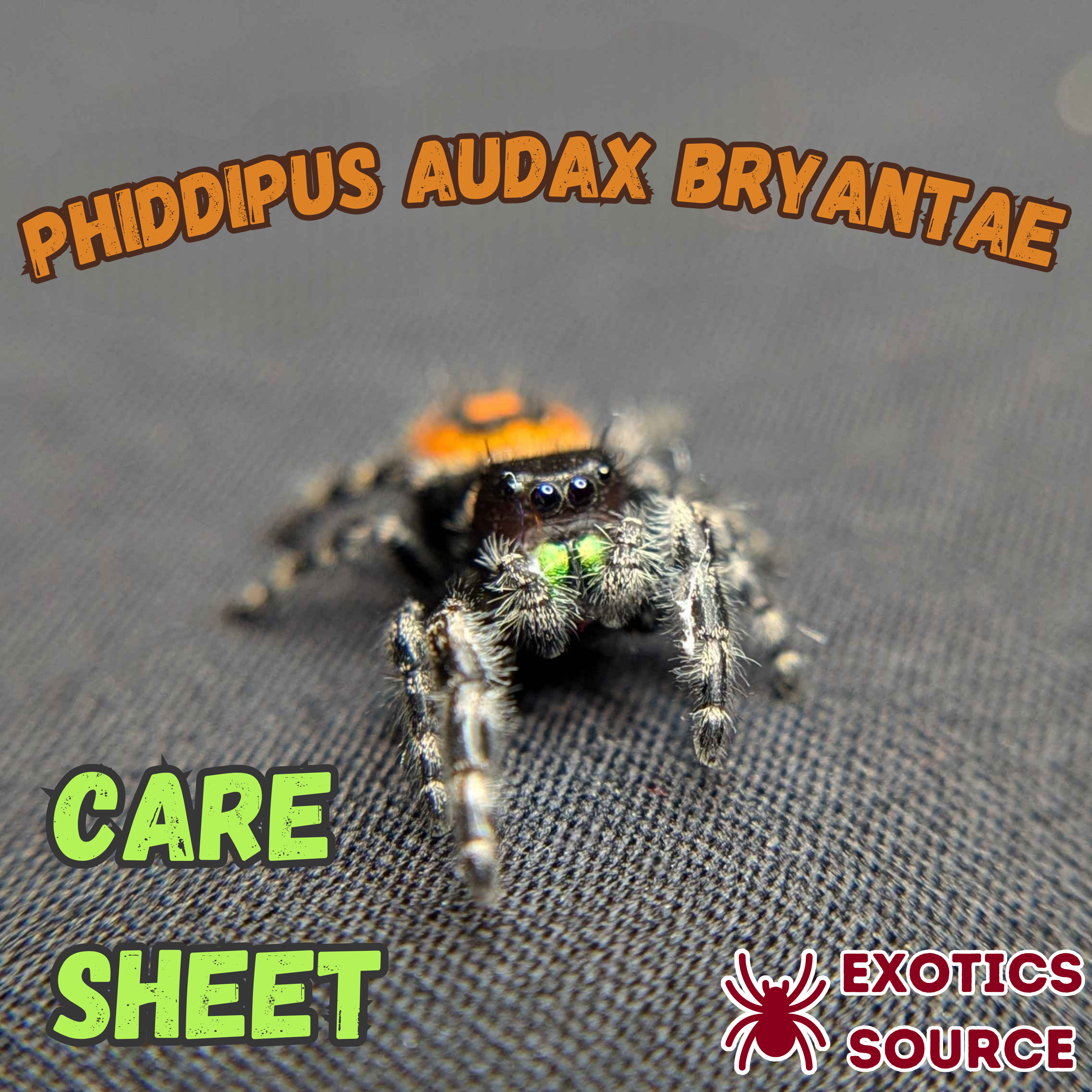Veiled Chameleon (Chamaeleo calyptratus) Care Sheet
Introduction
Veiled chameleons (Chamaeleo calyptratus) are among the most popular pet chameleons due to their striking appearance and fascinating behaviors. However, they require highly specialized care to thrive. This care guide covers all aspects of their husbandry, including enclosure setup, temperature and humidity control, diet, hydration, handling, shedding, breeding, and advanced female care, including lay bin requirements.
Enclosure Setup
Size Requirements
Juveniles (0-6 months) require a minimum enclosure size of 16” x 16” x 30”. Sub-adults (6-12 months) need at least 18” x 18” x 36”. Adults (12+ months) should be housed in a 24” x 24” x 48” enclosure for males, while females can be kept in a slightly smaller 18” x 18” x 36” space, though larger is always better.
Cage Type
Screen enclosures are preferred for optimal ventilation, preventing stagnant air buildup. Glass terrariums can lead to overheating and respiratory issues. Plastic or acrylic enclosures should be avoided unless they have sufficient airflow.
Safe Plants for a Veiled Chameleon Enclosure
Live plants help maintain humidity, provide enrichment, and offer climbing surfaces. Safe options include Ficus benjamina, Pothos, Hibiscus, Schefflera, Dracaena, Spider Plants, Bromeliads, and Boston Ferns. Toxic plants like ivy, oleander, azaleas, and philodendrons should be avoided.
Substrate Considerations
A bare-bottom enclosure is recommended for easy cleaning and to prevent impaction. Paper towels can be used for juveniles or quarantine setups. Loose substrates such as sand, gravel, or bark should be avoided, as they can cause intestinal impaction if ingested.
Temperature & Humidity
The basking temperature should be between 85-95°F (29-35°C), with an ambient temperature of 72-80°F (22-27°C). At night, temperatures can drop to 65-70°F (18-21°C). Humidity levels should remain between 50-70%, maintained through misting and plant selection.
Lighting Requirements
A T5 HO linear UVB bulb (5.0-10.0 strength) is essential for calcium absorption. A photoperiod of 10-12 hours of light per day should be maintained.
Diet & Nutrition
Staple Insect Feeders
A varied diet includes Dubia roaches, crickets, black soldier fly larvae, silkworms, hornworms as an occasional treat, and superworms in moderation.
Gut-loading & Supplementation
Calcium without D3 should be provided at every feeding, while calcium with D3 and a multivitamin should be given twice a month.
Hydration
Veiled chameleons do not drink from water bowls. They lick water droplets from leaves. Hydration should be provided through hand misting 2-3 times daily, automatic misting systems, or drippers placed above plants.
Shedding: Dos & Don'ts
Chameleons shed their skin in patches. To aid this process, humidity should be maintained at 50-70%, live plants should be available for rubbing, and misting should be increased if shedding is prolonged. Do not pull off stuck shed, avoid excessive handling, and refrain from bathing the chameleon.
Female-Specific Care
Female veiled chameleons require special attention due to their reproductive cycle. Even without mating, they can produce infertile eggs and need a suitable lay bin.
Signs a Female is Ready to Lay Eggs
Indicators include increased pacing, digging behavior, decreased appetite, restlessness, and color changes.
Lay Bin Setup
A lay bin should be at least 12” x 12” x 12” in size and filled with a substrate mix of 50% moist play sand and 50% organic topsoil. The substrate should be moist but not soggy and at least 8-10 inches deep to allow for proper burrowing.
Lay Bin Do’s & Don'ts
The substrate should be moist enough to hold a tunnel. The enclosure should be covered for privacy, and the temperature should be maintained at 72-80°F. Handling should be minimized, and disturbances to the tunnel should be avoided. Never force a female to lay eggs; patience is key. After laying, ensure she is well-hydrated and provide calcium-rich feeders to replenish nutrients.
Handling & Interaction
Veiled chameleons are best kept as display pets and do not generally enjoy frequent handling. If necessary, allow them to walk onto you rather than grabbing them. Handling should be minimal to reduce stress, and loud noises and sudden movements should be avoided.
Common Health Issues
Metabolic Bone Disease (MBD) results from a lack of UVB or calcium. Dehydration presents as sunken eyes, lethargy, or sticky saliva. Egg binding occurs in females lacking a proper lay bin. Respiratory infections arise due to high humidity with low ventilation. Gout can result from excessive protein intake.
Conclusion
Caring for a veiled chameleon requires dedication, patience, and proper setup. By providing a well-ventilated enclosure, correct temperatures, UVB lighting, a varied diet, hydration, and attention to their unique shedding and reproductive needs, you can ensure your chameleon thrives in captivity.




Leave a comment
This site is protected by hCaptcha and the hCaptcha Privacy Policy and Terms of Service apply.